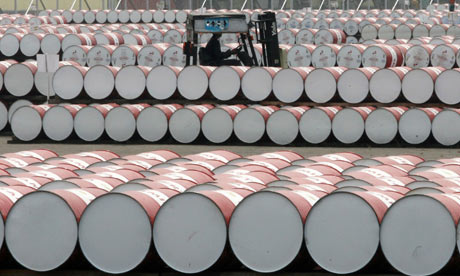“Venus imports LED lamps and sells them in the Egyptian market, especially since it is difficult to manufacture them locally due to the sophisticated technology and the high cost of manufacturing them,” said Maged Ahmed, head of the company.
Venus has a power plant in Sixth of October City, and is targeting a 20% expansion this year.
Ahmed said that his company faces fierce competition from companies selling lamps available in the local market, which prompted him to invent new marketing ideas to boost sales volumes.
He added that he has deployed 80 cars that sell Venus products to a number of residential areas in the governorates of Cairo, Giza, Alexandria, Qalioubiya, Sharqiya, and Gharbia, aiming to increase the number of cars to 150 within two years.
Ahmed stressed that the concept of car outlets has been welcomed by consumers significantly, which has spurred greater sales for the company with the availability of outlets closer to the public.
He pointed out that the high prices of power-saving lamps pushed the company to contract with three banks, namely the National Bank of Egypt, Banque Misr, and the Commercial International Bank to sell products through installment plans over six months.
Venus has also opened outlets for the Food Industries Holding Company’s subsidiaries, aiming for them to become crowded points of sale.
Ahmed confirmed that he recently applied to the Ministry of Electricity to provide outlets for Venus products at branches of companies belonging to the ministry.
He pointed out that Venus has finished supplying large quantities of LED lamps to electricity distribution companies since 2015 as part of the government’s plan to ration electricity consumption and the Tahya Misr initiative to encourage citizens to reduce energy consumption.
Ahmed pointed out that the biggest challenge facing the company is the rise in the prices of raw materials, including copper. He expects sales to decrease by about 20% due to the rise in prices of raw materials, though he hopes to overcome them by promoting products and launching awareness campaigns.
He stressed that the local market is able to absorb a lot of new investments, noting that the market share of locally manufactured products does not exceed 30%, while imports and assembly plants account for 70% of the market.




